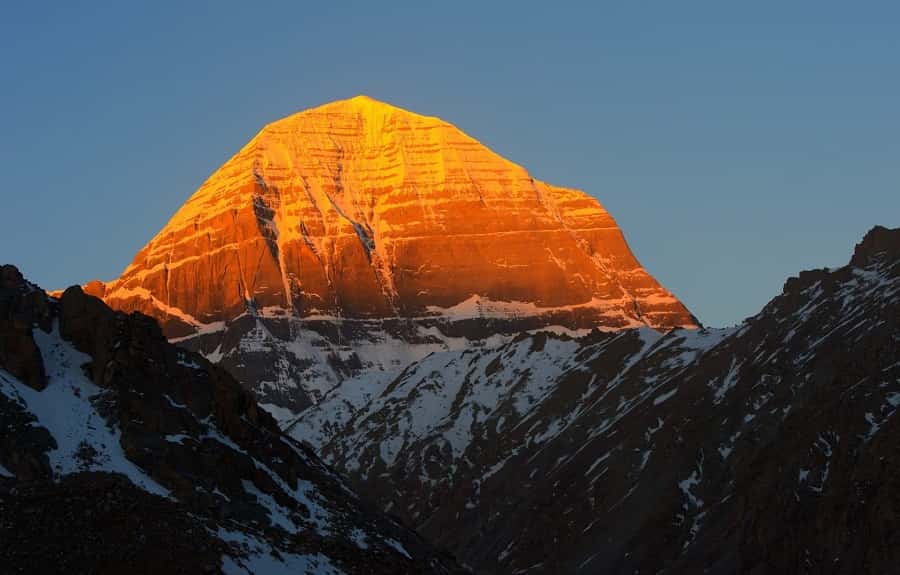


Introduction
The Kailash Mansarovar Yatra is more than a pilgrimage—it’s a transformative experience. Located in the remote regions of Tibet, Mount Kailash is revered by Hindus, Buddhists, Jains, and Bon followers. The sacred lake, Mansarovar, lies near the base of the mountain and is believed to cleanse sins and bestow spiritual energy.
Why Is Kailash Mansarovar Yatra So Special?
Mount Kailash, often referred to as the abode of Lord Shiva, holds immense spiritual significance. Pilgrims believe that a single parikrama (circumambulation) of Mount Kailash absolves a lifetime of sins.
Here’s why it’s revered:
- Mythological Importance: Hindus believe it is where Lord Shiva resides.
- Buddhist Significance: Buddhists see it as the home of Buddha Demchok.
- Jain and Bon Connections: It is where Rishabhadeva attained moksha, and Bon followers regard it as the axis mundi.
Routes to Kailash Mansarovar
There are three major routes to reach Mount Kailash:
- Via Lipulekh Pass (India) – Managed by the Ministry of External Affairs (MEA) official website
- Via Nathu La Pass (Sikkim) – Easier, suitable for elderly or those with health issues.
- Via Nepal (Simikot-Hilsa Route) – A popular private tour operator route with helicopter services.
👉 You can find more details and travel updates on our Travel Advisory page.
Best Time to Visit
The best months for the Kailash Mansarovar Yatra are May to September, when the weather is relatively clear. During this time, the temperatures are manageable, and high-altitude conditions are less severe.
Travel Tips for the Yatra
- Medical Clearance is essential due to high altitudes (above 4,500 meters).
- Pack Light, but include essentials like warm clothing, high-SPF sunscreen, and energy bars.
- Acclimatize Properly to avoid altitude sickness.
- Travel Insurance is highly recommended.
How to Prepare Spiritually and Physically
Preparation isn’t just physical. Pilgrims often begin spiritual practices like meditation, fasting, and prayer weeks before the journey. Physically, training in cardio and breathing exercises can help the body adapt to low-oxygen environments.
